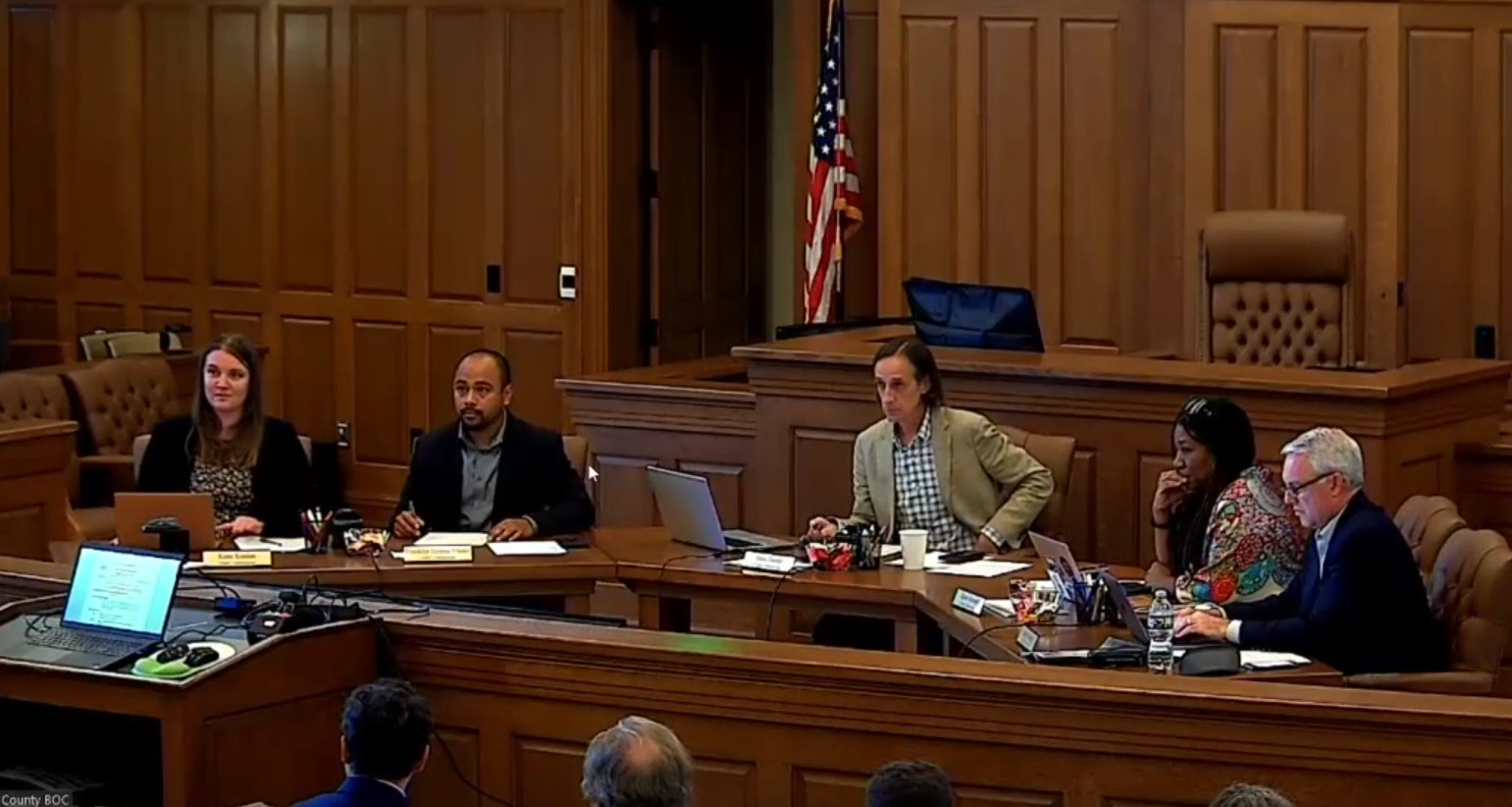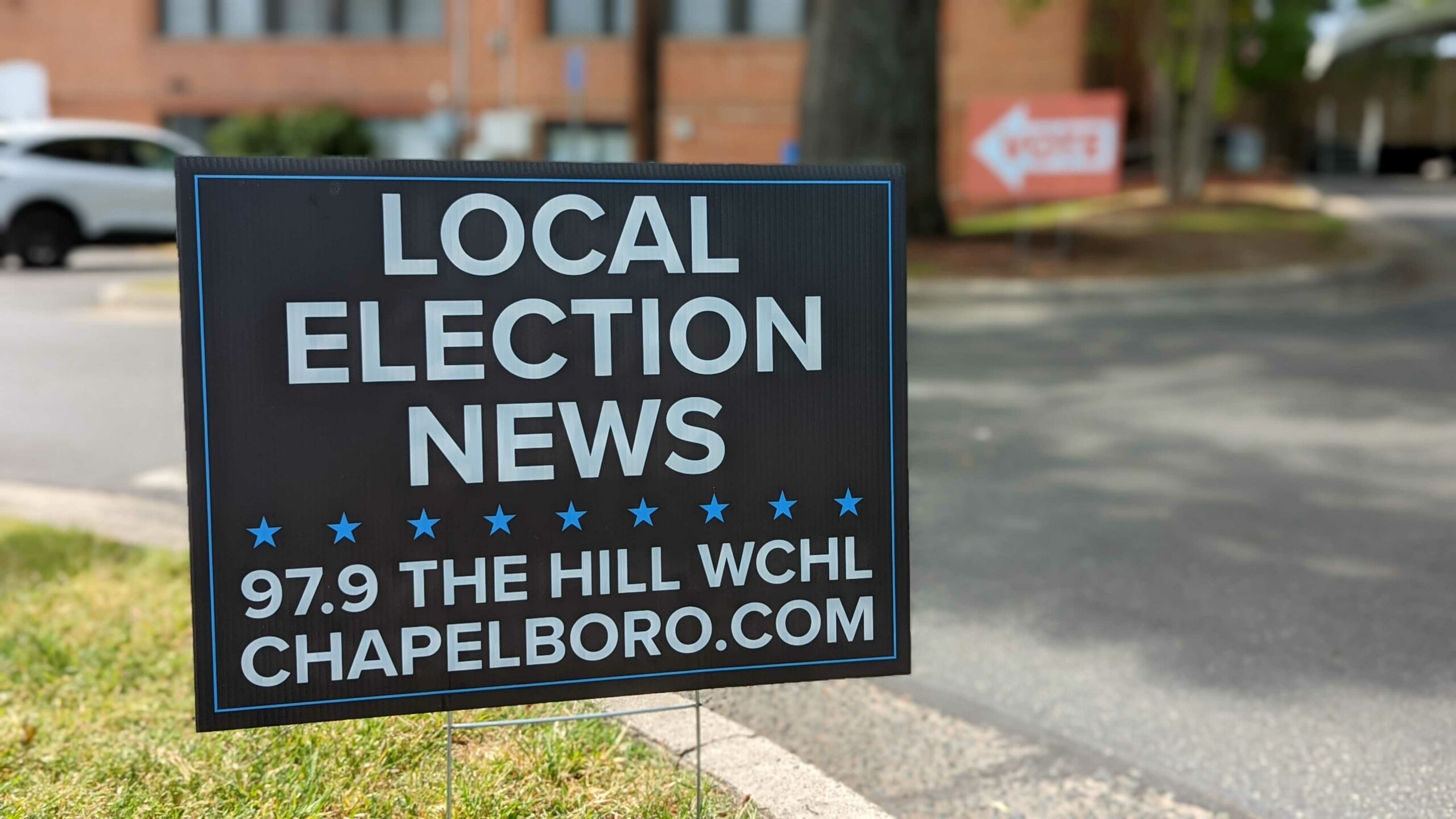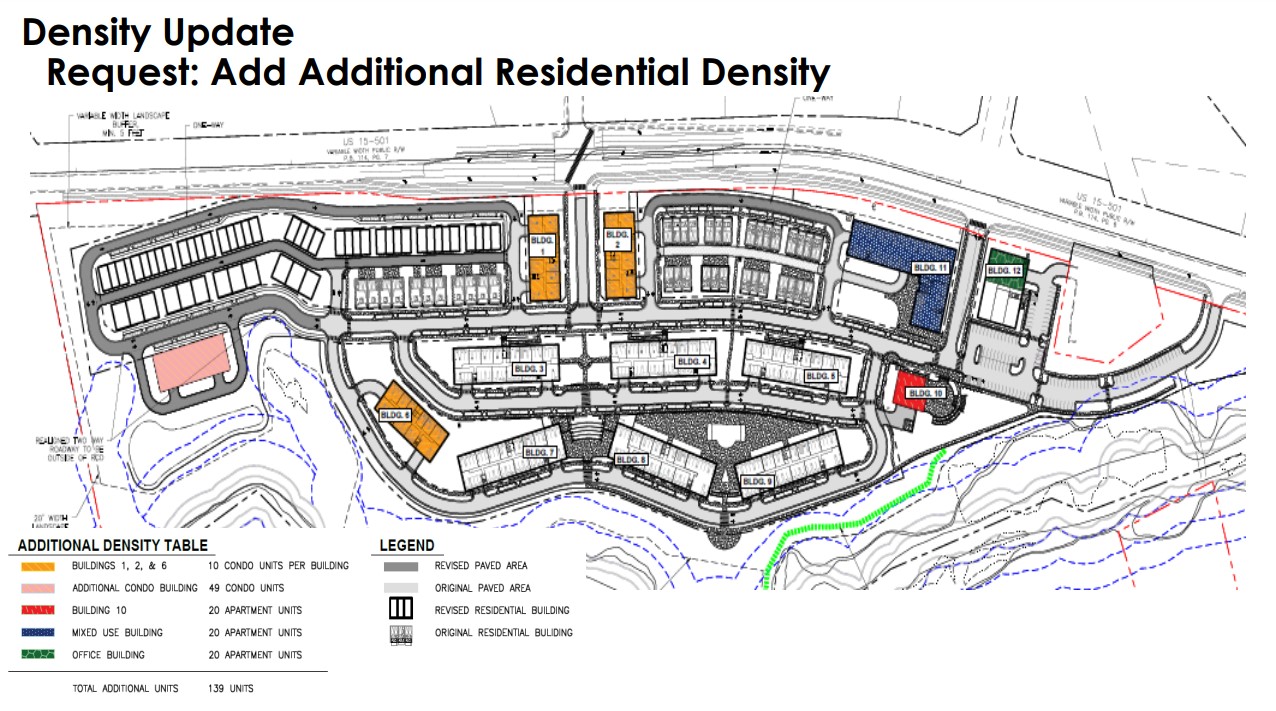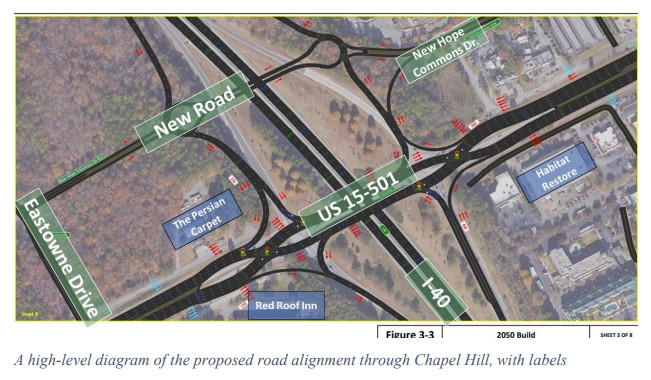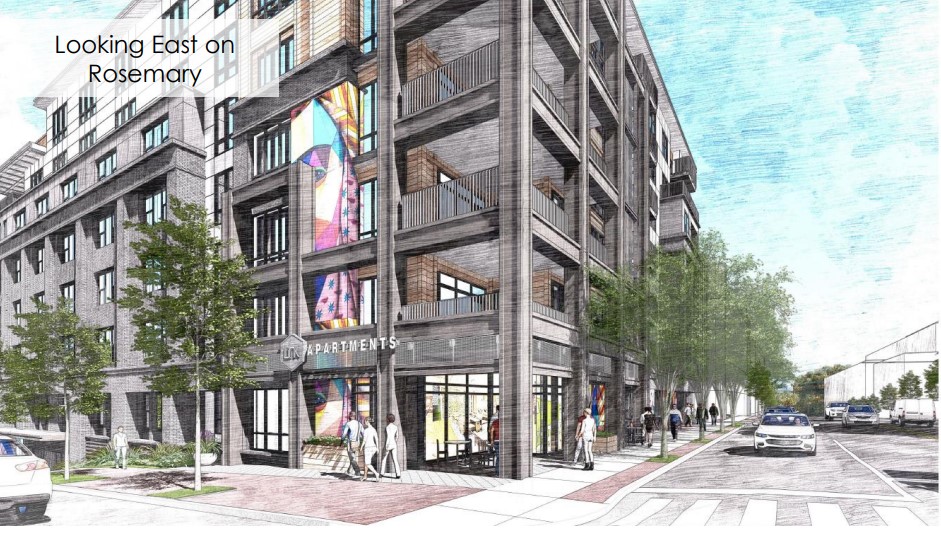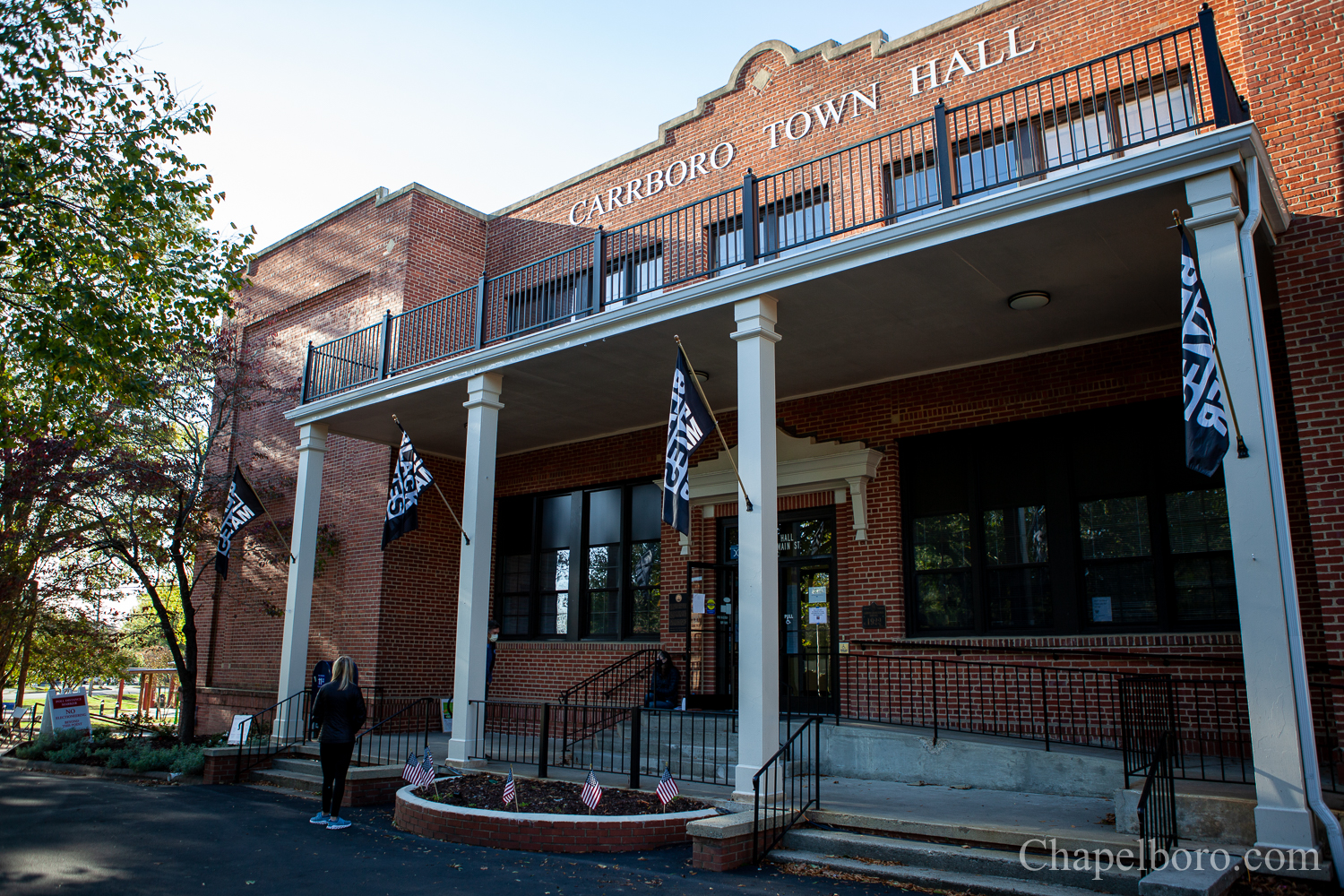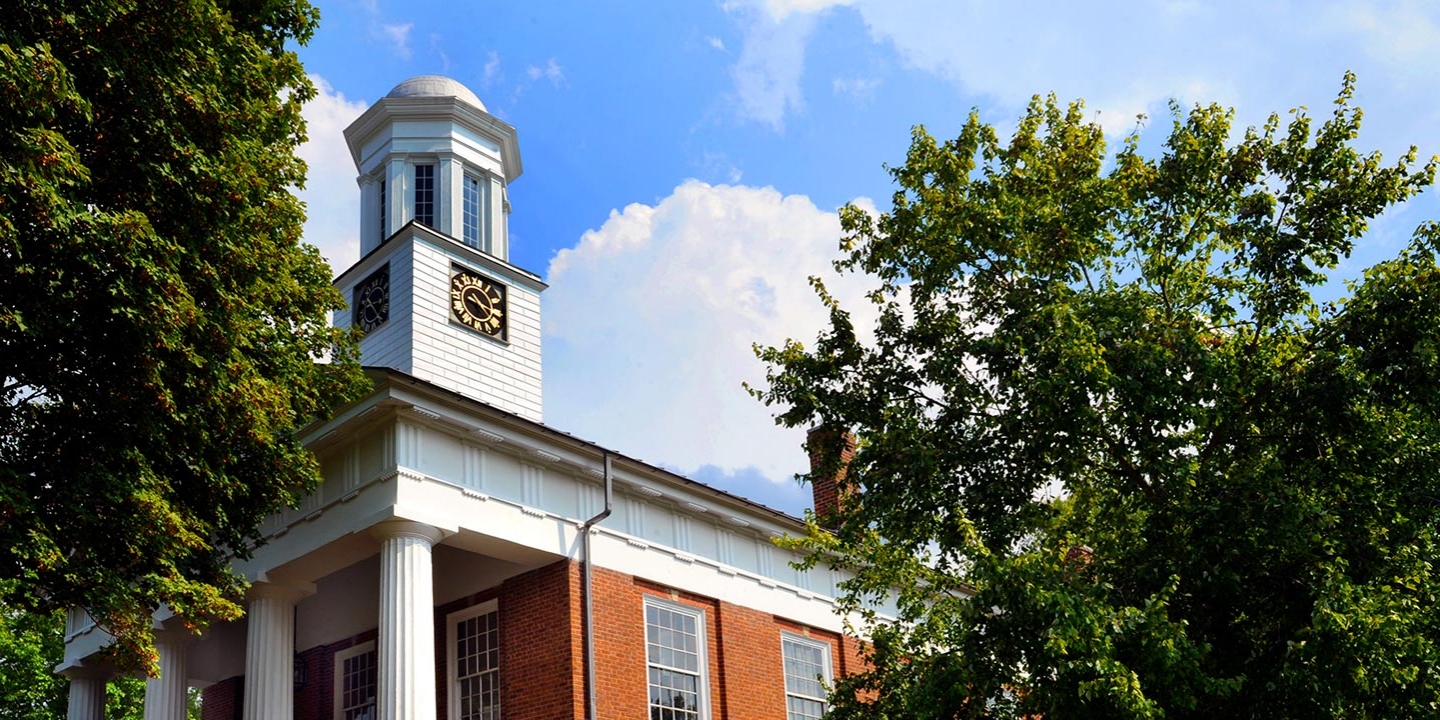The Chapel Hill Town Council recently approved a resolution to expand its water and sewer management boundary further south toward Chatham County. The measure proposes an amendment that would give the town control over around 360 acres of more land than it currently does in the 15-501 corridor south of the Southern Village community.
The latest discussions around the water and sewer boundary were sparked in spring 2022 after a petition was brought to consider extending the town’s control. The Water and Sewer Management, Planning Boundary Agreement (WASMPBA) was created in the early 2000s following a small area plan conducted in the 1990s and retracted Chapel Hill’s urban services boundary up to Southern Village. The agreement is with the Orange Water and Sewer Authority, the towns of Carrboro and Hillsborough, and the Orange County government – all of which must pass the same resolution in order to give Chapel Hill control over this restored boundary.
The WASMPBA does not enter the rural buffer established to prevent urban sprawl – one of the main topics of conversation among community members, town staff, and elected officials. The amendment proposed by Chapel Hill would not create any changes to that area, nor would it require or change any rezoning.
Town staff recommended approving the resolution during the November 15 meeting because – if passed by the other partners – it would create opportunities for thousands of new housing units, including affordable housing on one town-owned parcel. Not only could that water and sewer infrastructure potentially be extended, but staff said it could become more viable for transit options to run further south and service more of the population. The Chapel Hill Town Council approved the measure 8-1, with Council Member Adam Searing as the lone vote against.
During the town staff presentation, Assistant Planning Director Judy Johnson clarified that the amendment to WASMPBA does not annex any properties or guarantee a physical extension of water and sewer infrastructure. Several council members asked whether the eventual change would mean anyone could connect to the town’s existing water and sewer setup. Johnson said yes, but because of the current zoning of all 139 parcels, any project larger than a single-family house would not only require rezoning approval from Chapel Hill, but also have to pay and construct that extended water/sewer infrastructure.
Council Member Jess Anderson asked Johnson to clarify whether there is a risk of people developing between the time the resolution goes into effect and Chapel Hill updates its Future Land Use Map to reflect the new boundary. Johnson said that based on the current zoning, and the fact the WASMPBA does not affect how parcels are zoned, the council would have to review anything other than individuals connecting their own single-family properties.
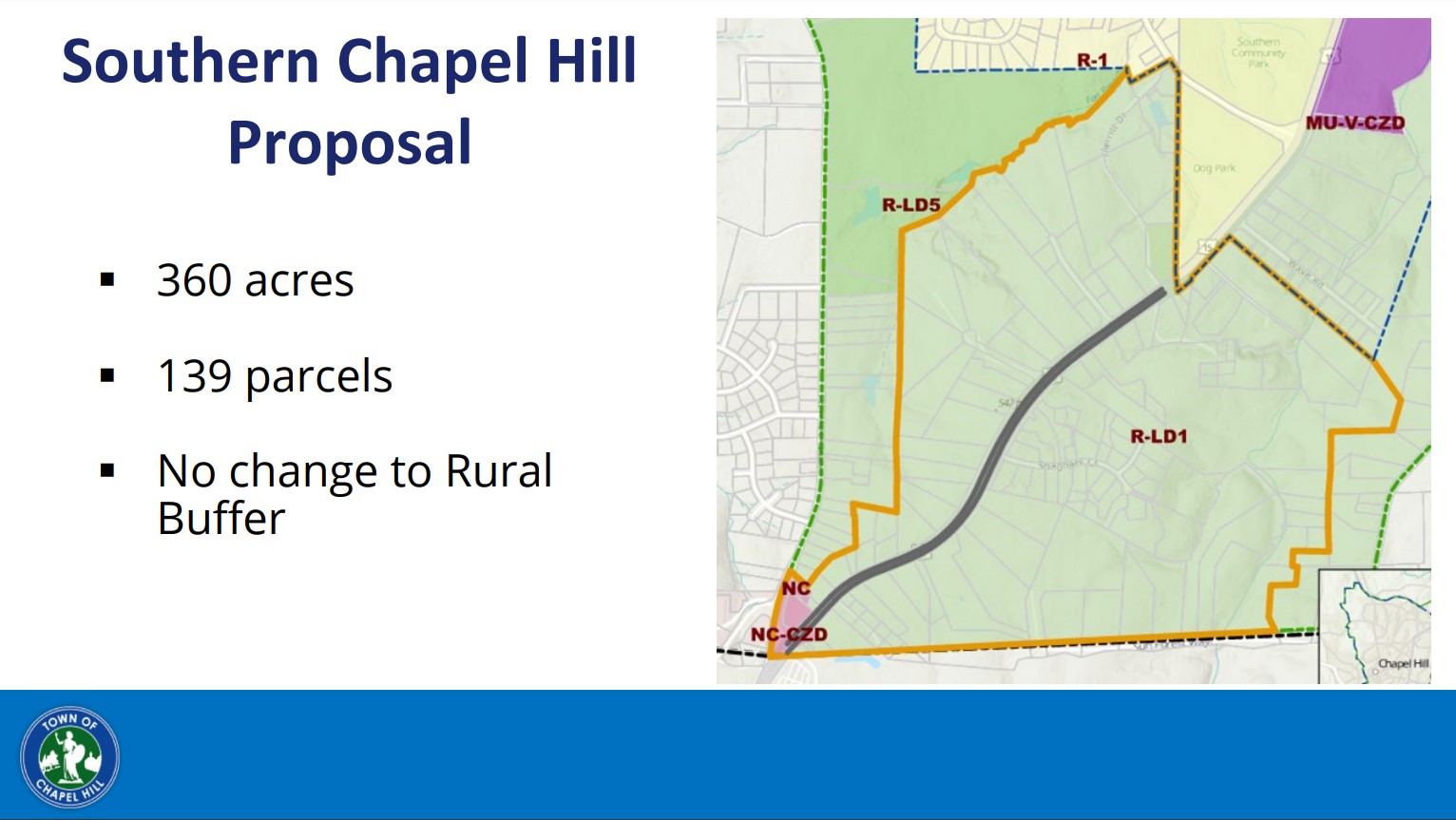
A slide displaying the proposed amendments to the WASMPBA along U.S. 15-501 as presented on November 15, 2023. The highway is in grey, while the Town of Chapel Hill’s current urban services boundary is in dotted blue. The area that would be added to the service area is outlined in gold, with the different parcels colored based on how they are zoned. (Photo via the Town of Chapel Hill.)
“If we don’t do any of the next [planning] steps that we’re thinking about,” she said, “and there’s no change — everything just stays as it is, and all we do is change where that line is drawn on the map — folks could build or connect their existing home to this system.”
“It wouldn’t change the development patterns at all,” asked Anderson in a follow up.
“No, nothing would change,” Johnson responded.
Still, several elected officials said they would want to move relatively quickly to update Chapel Hill’s existing plans with this new boundary and to reflect their “Complete Community” approaches. Council Member Karen Stegman was among that group.
“I agree,” she said, “that we need to be really clear what we want and don’t want here, and I don’t want huge single-family houses along this transit corridor. And I think this [resolution] is the approach to get there.”
To help signal the town council specifically wants this to promote middle-income housing instead of expensive single-family lots, council added a clause to the resolution about ensuring the service expansion fits with the town’s climate action plan and commitment to encouraging diverse housing options.
Stegman also advocated for the residents living in the 15-501 corridor to continue being involved in the process of any eventual extension of service – which was one of the top public comment issues shared in the meeting.
“I also want to make sure we have good communication with residents in the area moving forward,” said the mayor pro tem. “There will be many opportunities to way in, a lot, lot, lot more steps to take – and I want to make sure we’re making sure people know in the area and people that are interested in weighing in have the information they need to do that.”
Among some of the other issues raised by residents were concerns of how flooding could affect this infrastructure and more housing contributing to environmental problems.
Council Member Camille Berry said she is aware of “the fear of what this could bring” based on those topics. But she also pointed to stories she’s heard from residents in that corridor whose personal water and sewer systems are malfunctioning and are leaving them with health problems.
“I’d rather,” Berry said, “we pass this to address some of the things that we can in the immediate, and we take it step-by-step to address what’s next [and] what else we want. Please believe me when I say I hear you about the fear – I don’t want to dismiss it. But some of these fears are more immediate, and they’re here as of yesterday.”
There’s no timetable on when the other government bodies will consider this resolution, and an even less clear idea of when any infrastructure would begin to be installed in the area. Council Member Michael Parker stressed this during his comments, saying that time will give Chapel Hill and its partners more chances to round out an approach to growth in the corridor.
“It will take time before there is actually water in places that there isn’t,” said Parker. “It’s not just we’re turning faucets and water will flow. And while we’re moving forward between the four other jurisdictions that have to approve this, between OWASA starting to do the engineering work they’ll have to do, our new [Land Use Management Ordinance] will be finished by then.”
The full project page for the proposed amendment to the Water and Sewer Management, Planning and Boundary Agreement can be found on the Town of Chapel Hill website. To watch the full November 15 council meeting, click here.
Chapelboro.com does not charge subscription fees, and you can directly support our efforts in local journalism here. Want more of what you see on Chapelboro? Let us bring free local news and community information to you by signing up for our biweekly newsletter.


